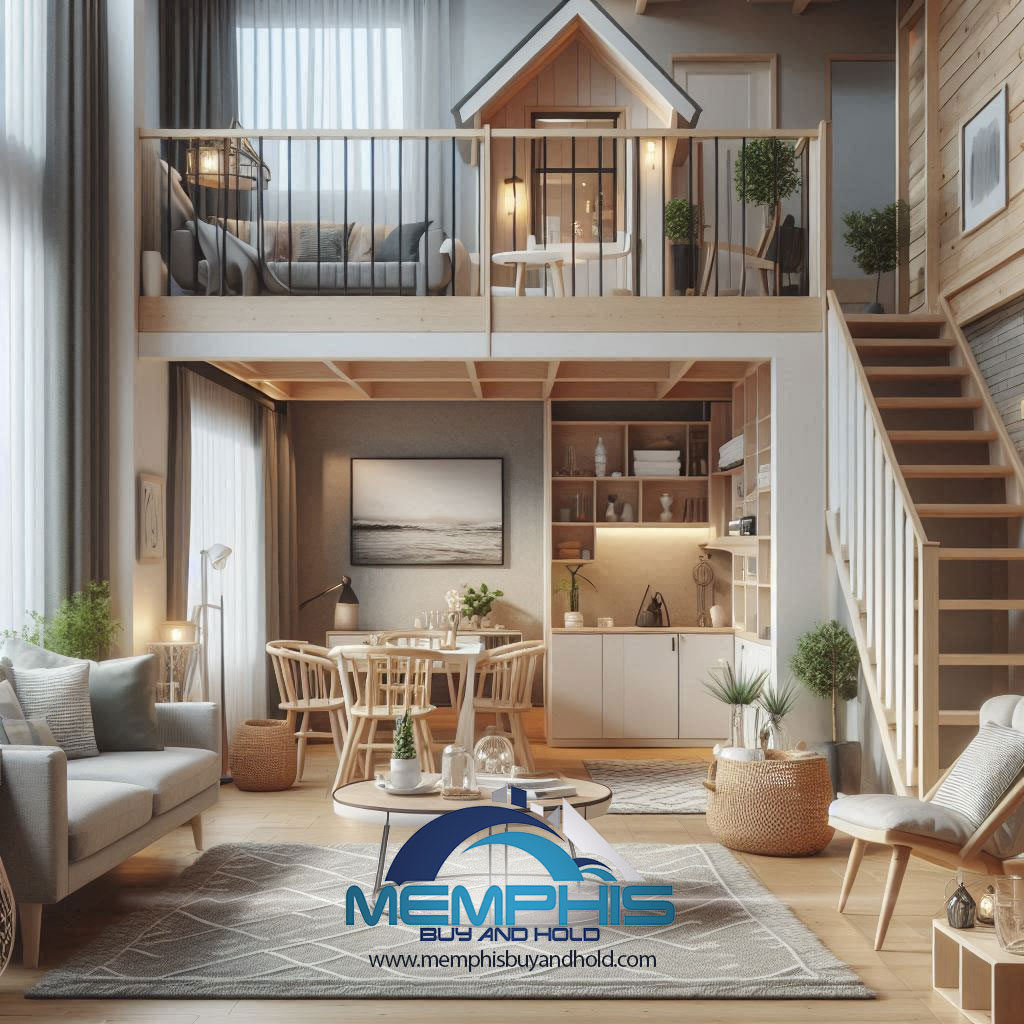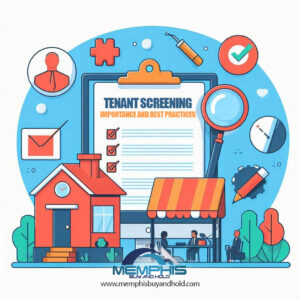
In the ever-evolving landscape of home design, a noticeable shift is occurring. The once-dominant open-concept layout, which aimed to create a sense of spaciousness and flow by merging the kitchen, living, and dining areas into a single, expansive room, is seeing a decline in favor. In its place, closed floor plans and personalized staging are gaining traction, catering to buyers seeking both practicality and individuality in their living spaces.
The Rise of Closed Floor Plans
Closed floor plans, characterized by distinct, separate rooms, are experiencing a resurgence. This trend represents a return to traditional home layouts, where each room has a defined purpose. Several factors contribute to this shift:
- Privacy and Noise Control: One of the primary reasons homeowners are gravitating toward closed floor plans is the increased need for privacy and noise management. With the rise of remote work and online learning, families require spaces that offer quiet and seclusion. Separate rooms allow individuals to conduct meetings or study sessions without disturbing others.
- Energy Efficiency: Closed floor plans can be more energy-efficient. Heating or cooling a single room, rather than an expansive open area, can reduce energy consumption and lower utility bills. This consideration is becoming increasingly important as homeowners seek to minimize their environmental footprint.
- Design Flexibility: Closed floor plans provide greater flexibility in interior design. Each room can be decorated and styled independently, allowing homeowners to experiment with different themes and color schemes. This ability to create unique, personalized spaces is appealing to those who want their home to reflect their personality and lifestyle.
- Functional Separation: The separation of spaces allows for better functional organization. Kitchens can be designed for cooking efficiency, living rooms can be cozy and intimate, and dining rooms can offer a formal setting for meals. This functional separation can enhance the overall usability and enjoyment of a home.
Personalized Staging: A New Standard
In tandem with the rise of closed floor plans, personalized staging has become a critical aspect of the home-buying process. Unlike traditional staging, which often employs neutral colors and generic furnishings to appeal to a broad audience, personalized staging focuses on showcasing the unique character of a home. This trend involves:
- Highlighting Distinct Features: Personalized staging emphasizes the unique architectural features and character of a home. This might include original woodwork, custom-built shelving, or distinctive lighting fixtures. By drawing attention to these elements, sellers can differentiate their property from others on the market.
- Creating Lifestyle Vignettes: Instead of generic setups, personalized staging creates vignettes that depict how potential buyers might live in the space. This could mean setting up a cozy reading nook by a window, arranging a stylish home office, or designing a play area for children. These vignettes help buyers envision their own lives unfolding in the home.
- Incorporating Local Influences: Personalized staging often incorporates local cultural or historical influences. This can make a home feel more connected to its community and appeal to buyers who appreciate regional charm. For instance, a home in a coastal town might feature nautical decor, while a property in a historic district might highlight period-appropriate furnishings.
- Utilizing Bespoke Furnishings and Art: Custom furnishings and original artwork are becoming staples in personalized staging. These elements not only add a layer of sophistication but also demonstrate the potential for luxury and exclusivity within the home. Potential buyers are drawn to spaces that feel curated and thoughtfully designed.
The Appeal to Modern Buyers
Modern homebuyers are increasingly seeking properties that offer both practicality and distinctiveness. Closed floor plans and personalized staging cater to these desires by providing homes that are not only functional but also rich in character. As lifestyles continue to evolve, so too will housing trends, but the current shift underscores a growing appreciation for spaces that support diverse activities and personal expression.
To wrap up, the movement away from open-concept designs towards closed floor plans and personalized staging marks a significant trend in the housing market. It reflects a broader cultural shift towards valuing privacy, energy efficiency, and individual style in the home. As buyers continue to prioritize these qualities, we can expect to see more homes that offer distinct, well-defined spaces and unique, personalized interiors.
Memphis Buy And Hold is specializing in locating, purchasing, renovating and managing single-family and multi-unit properties and possesses from 2007 up to the present of experience in real estate investing and property management in the Memphis and Nashville markets.
- Memphis Property Management
- Memphis Turnkey Investment Properties
- DCC Rentals LLC
Discover more from Memphis Buy And Hold
Subscribe to get the latest posts sent to your email.


